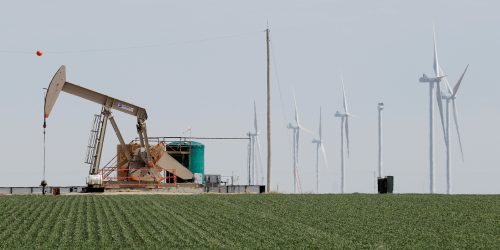As the world makes a push towards the Great Reset, there is considerable talk about powering our future with renewable energy (RE). However, the allure of harnessing the wind and sun as sources of sustainable source of energy is not new. In 1931, Thomas Edison told his friend, Henry Ford, “I’d put my money on the sun and solar energy. What a source of power! I hope we don’t have to wait until oil and coal run out before we tackle that”.
Yet almost a century on, the RE movement is still trying to gain momentum – and that’s only in certain regions of the world. As foreshadowed by the sagacious Edison, the world is still heavily dependent on oil and coal for energy. More than 80% of the world’s energy is sourced from coal, natural gas, and oil. So why is it that despite all the environmental benefits, developed and developing countries alike are struggling to make the switch?
The solutions are often complex. Initiatives such as carbon pricing can be very potent, if done right, and are essential in the long run – however, haggling between rival political parties can render such initiatives toothless and too timid to make a serious dent in the monopoly of hydrocarbons and coal. There is a laundry list of other laudable policy initiatives, including renewable portfolio standards/clean energy standards, feed-in tariffs and biofuels. However, most of these proposals, like carbon pricing, are partisan issues that can ultimately fall across political lines.







